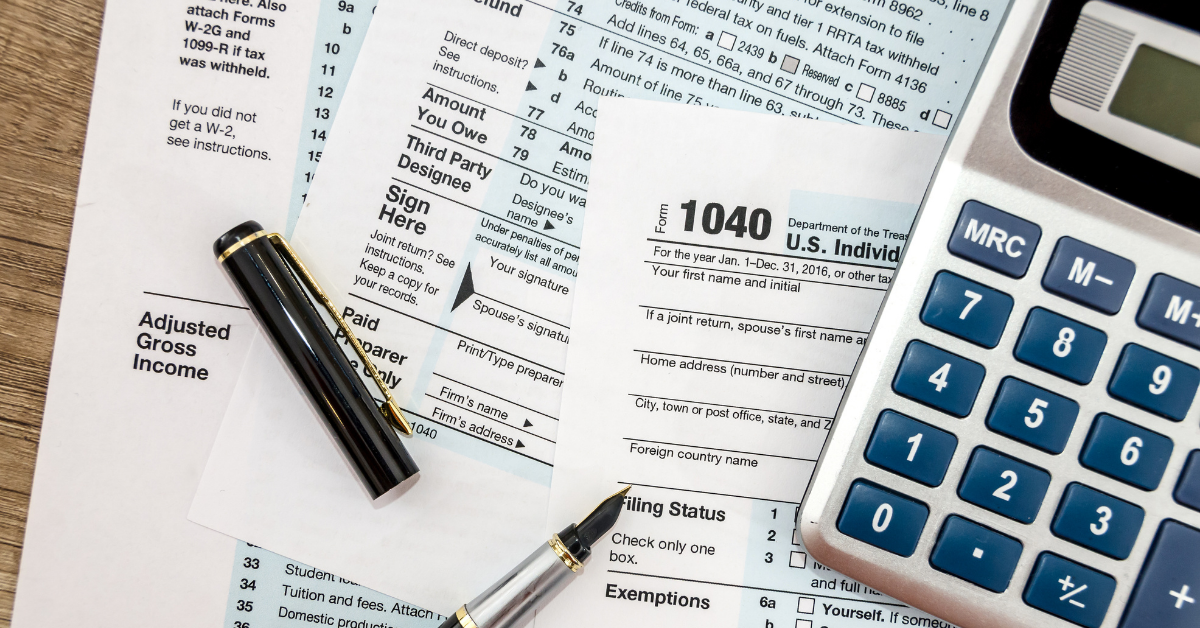The Hidden Tax Impact: Strategies for Financial Advisors to Save Client Wealth

The world of financial advice is filled with different business models.
But whether you’re a fee-only advisor, a broker/dealer representative, or an insurance agent, at the end of the day, I’m willing to bet you’re working hard to do what’s right for your clients.
After all, if we don’t do what’s right for our clients, we won’t have clients - period.
Many of us have built our careers on finding strategies to help our clients live a secure retirement. We have a checklist of risks our clients face, and we know by reducing those risks, we’ll keep our clients happy.
Market risk
Income risk
Happy client
But is that enough?
Many of us are missing a hidden risk - one that can have a direct impact on the success of our clients’ retirement approaches.
Here’s a simple question: How would your client react if you proposed a financial plan projecting a 7.5% annual loss year after year?
I bet it wouldn’t take long for you to find your practice’s book of business severely depleted.
But many of our client's retirement plans are built on the potential for that exact kind of loss - year after year in retirement.
So what’s this hidden risk that could lose your clients 7.5% a year?
The risk of rising taxes.
In a way, the possibility of higher future taxes than what they are today represents a “hidden tax” on retirement that many savers overlook.
And how could this hidden tax cost your clients a 7.5% annual loss?
Let me explain.
Let’s say we have a client with a $100,000 IRA. Let’s make this client 60 years old, retiring when he reaches age 70.
Now, let’s set some realistic, reasonable growth assumptions for the IRA. We’ll assume a 50/50 portfolio with 8% growth from the equity allocation and 3.5% growth from the fixed income portion. We’ll also assume a 1.5% advisory fee.
These assumptions are not really the point. You could make them whatever you want. It’s the next assumption that is most relevant and most often overlooked.
We have to assume a tax rate.
For this example, let’s pick a 20% effective tax rate on all distributions from the IRA - covering state and federal taxes.
That means if you were to model a systematic withdrawal from age 70 that lasts to age 100, our client could access $8,668 a year from his IRA. After taxes, that would leave him with $6,934 of spendable income a year.
But why do I say there’s a hidden tax?
Because we’ve assumed this client’s taxes will remain the same. We haven’t considered the “hidden tax” of higher rates in the future.
A few quick questions:
How likely do you think taxes will stay at current levels?
Are taxes historically low or high right now?
Low?
How low, you ask?
Do you know how much taxes would have to increase for the average American taxpayer to return to levels from just two short decades ago?
Sorry for the 20 questions, but they help me make my point.
Most savers don’t know whether their current tax rate is lower, the same, or higher than future rates.
In fact, it surprises many clients and advisors alike to learn that tax bracket rates for middle-American households were about 30% higher in 2000 than they are today.
Put another way, a tax bracket rate increase of around 30% would get us back to more historical norms of the 1990s and 2000s.
Is your client’s IRA protected from that “hidden tax” of rising rates? And how much could that tax increase impact your client’s income levels?
Let’s go back to our sample client, the 60-year-old who wants to retire at age 70.
We’ll keep all the assumptions, with one single change: We’ll assume over the next ten years, the client's effective tax rate goes up 30% to “normalize” to more historical levels.
That means his effective tax rate would rise from 20% to 26%.
His $100,000 IRA would still project an annual income of $8,558. We didn’t change growth rates for this example, so the pre-tax number remains constant.
But we did model tax changes.
So now, after taxes, he only has $6,414 of spendable income, rather than $6,934.
That’s a $520 pay cut. Year after year. All because of the “hidden tax” of higher rates.
That $520 annual loss represents a 7.5% reduction in income - every year.
So again, I ask: What would your clients do if you presented them with a retirement plan that lost 7.5% every year?
If your clients are not diversified when it comes to the tax status of their retirement accounts, that could be exactly what you’re doing.
Financial advisors are accustomed to building plans to protect against market losses. But a loss from tax-policy change can be just as impactful.
A loss is a loss, regardless of what caused it.
It’s time to add tax risk to the checklist of risks you address for your clients.
Market risk is real. So we mitigate it through allocation.
Income risk is real. So we mitigate it through the use of annuities.
And Tax risk is real. So we must mitigate this risk through the use of tax-free strategies.
Curious how your clients’ taxes could be higher in retirement than they are today? Download this Stonewood Financial educational brochure (it’s one of my favorites).
Then, start talking tax risk with your clients.
It will keep your clients happy.
And it will keep your clients… clients.



.png)